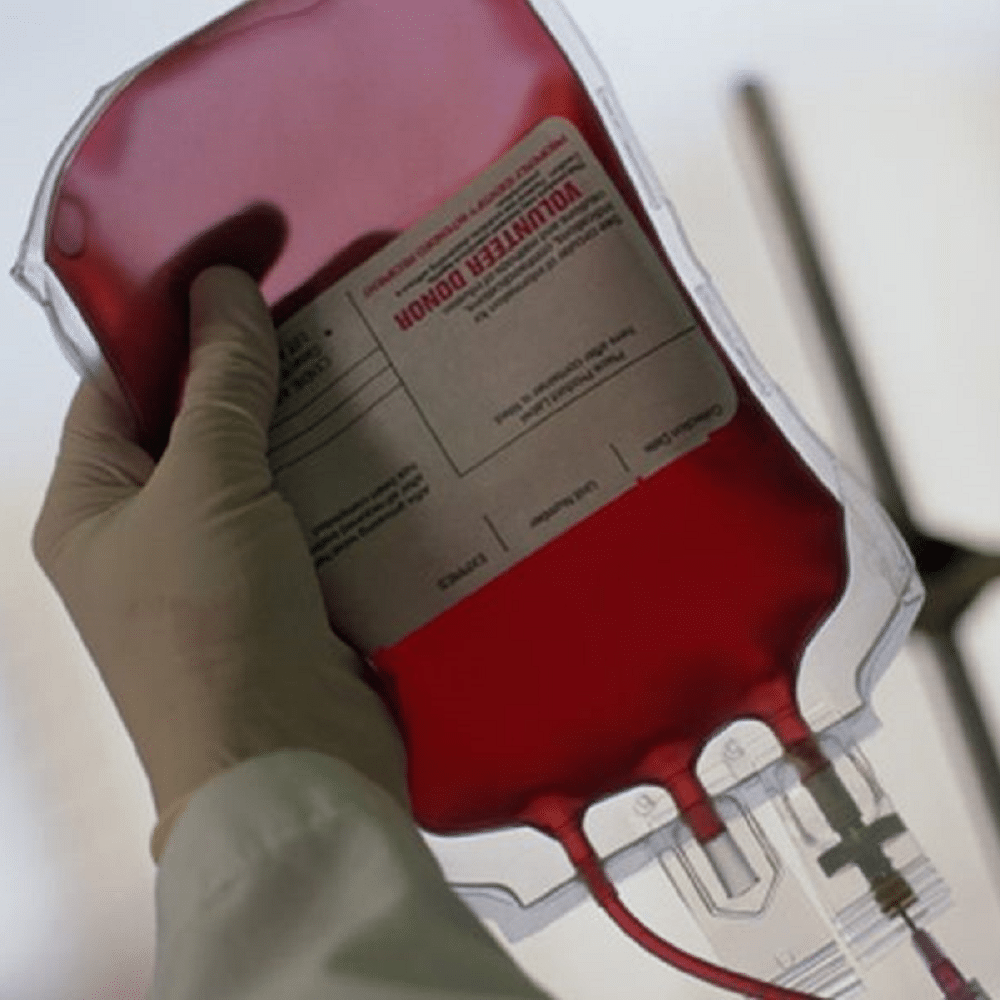Much publicity has been placed on discovery of cellular rejuvenation resulting from blood exchange between young and old mice with implications for human use. Immunologists have been exchanging blood components in humans for decades collectively known as apheresis with specific uses to address specific conditions.
Growth differentiation factor 11 a protein identified in blood plasma with rejuvenating effects appears to fall with age. In experiments GDF11 seemed to increase the number of blood vessels and the number of stems cells in the brain in older mice treated with daily injections. Parabiosis studies show younger brains function better, translating to more neural stem cells, higher activity of synapses, improved memory and less inflammation. Findings which hold profound implications if they can be replicated in humans in respect to increased burden of age related decline and diseases.
One Alzheimer’s study using plasma from young donors transfused into patient with dementia had promising results. 18 patients aged 54 to 86 diagnosed with mild to moderate Alzheimer’s were infused with plasma twice weekly over four weeks. None of the patients displayed ill effects, but also did not show much improvement in tests of thinking ability, however improvement was demonstrated in tests assessing daily living skills. Leading to question what if the process had been done a bit more or longer.
In another trial transfusing plasma from younger people aged 16 to 25 into 70 people aged 35 to 92 for a month suggests that it lowered blood cholesterol, amyloids, several proteins involved with disease including carcinoembryonic antigens and reduce risk of Alzheimer’s by 20%, cancer by 20%, and heart disease by 10%.
Studies joining bodies and circulations of younger and older mice in parabiosis have found that muscle and liver cells in the older mice were able to regenerate as well as the younger counterparts. Other studies showed that older mice had benefit from transfusions from younger mice, while younger mice showed signs of ageing when exposed to elder blood in experiments without being surgically joined.
TPE with 5% albumin replacement fluid has been demonstrated to stabilized or improve conditions of patients with mild to moderate Alzheimer’s in a plasma exchange study, with a larger follow up AMBAR study that has further replicated and confirmed those findings.
Reputation of young blood is moving into the world of big business, the promise of it is intriguing to the quest of reversing aging. As data emerges from more clinical trials there is indication of tremendous promise. The idea of young blood being used as therapy is just beginning to thrive, with good cause to be hopefully optimistic for regenerative medicine.




